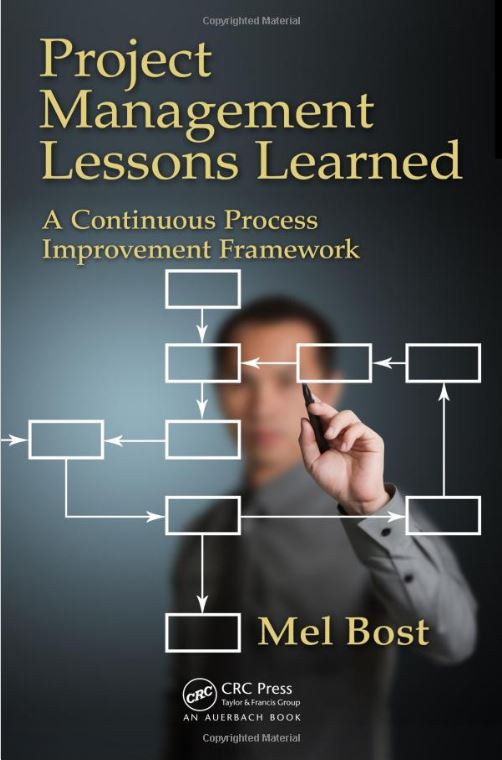Many years ago when my daughter was in grade school, the annual scence fair was a big happening in the school learning curricula. Students were asked to pick something of interest from science, to develop an “hypothsis” to be proved or disproved and conduct an “experiment” that would either verify or negate an “hypothesis” of their choosing. It was always a big challenge to pick a scicne fair project that was “doable” with materials at hand and to define “hypotheses” that were easily verified or refuted. These science fairs became a family project in the spring each year.
You can certainly recall how these events unfolded. A student would choose to study, for example, tomoato plants by exposonng the plants to varying amounts of light and then recording tomato plant growth over time versus expsure to light. Varying the light source or making direct lighting versus indirect lighting could be sensitivities to the experiment.
Gradually as our family participated in the annual science fairs, I began to “reflect” on my own scientific training in high school and college. It brought me back to a revelation that I don’t think was part of any science curriculum I ever studied. But it was significant enough to my understanding of science that I kept it in the back of my mind and continued to think about it and its applicability until present day.
This revelation was what I called a “complete scientific investigation” or the “scientific method” and I characterized it by a triangle with three topics at the three points. These topics were Theory, Experiment and Modeling. My “complete scientific investigation” scenario said that “every scientific investigation in order to be complete had to contain elements of Theory, Experiment and Modeling and each element contributed to the understanding of the other two.”
At the first stage of a scientific investigation an “hypothesis” is developed. The hypothesis provides a statement of what outcomes are expected when certain conditions of an experiemnt are carried out. Experiment is often used to verify or refute an “hypothesis.”
Theory is based on observation of the behavior of molecules and compounds under different conditions and is always being updated by new experimental data and often modeling results.
The most famous and publicized example of modeling was that of Watson and Crick in 1953 when they used small “balls” and “sticks” to model the helical structure of DNA. They used experimental data from X-Ray crystollography experiments along with theories of how molecules combinned when forming larger compounds to determine the shape of the DNA molecule and the spacinng/orientation of specific compounds. Several scientists at the time noted that the most important contribution they made to “science” with that model was the ability to relate several seemingly unrelated theories into a coherent and consistent story of how DNA is formed.
If you are a fan of one of the CSI (Crime Scene Investigation) TV programs, you know that evidence from fingerprints and DNA have been used extensively to put together profiles and complete descriptions of the subjects.
As a project manager or a PMO team leader, what might you gain from this simple understanding of the scientific method.
First, developing an “hypothesis” about cause and effect, about behavior/activity and performance/outcomes would be a good starting point to analyze project and PMO activity.
Second, “theories” about interaction and collaboration of teams and new process development might be a good starting point to understand what might unfold in a project.
Third, developinng the ability to put togehter several seemingnly unrelated pieces of infomation might be a good development target. For example, listen intently to what your sponsores and stakeholders are saying about your deliverables and your project progress. It might be just the specific that helps you meet their objectives.
Fourth, “experiment” whenever it makes sense. Put two team members together who have not worked well in the past. Pull in some research or benchmarking with other groups to infuse your project thinking.
Fifth, tie “modeling” to “experiment,” “experiement to theory,” and “modeling to theory” in a package that provides as complete a look as possible to your project or PMO initiative.
You will be glad you took time to see how “scientific investigation” can lead to better projects and outcoes.

Leave a Reply